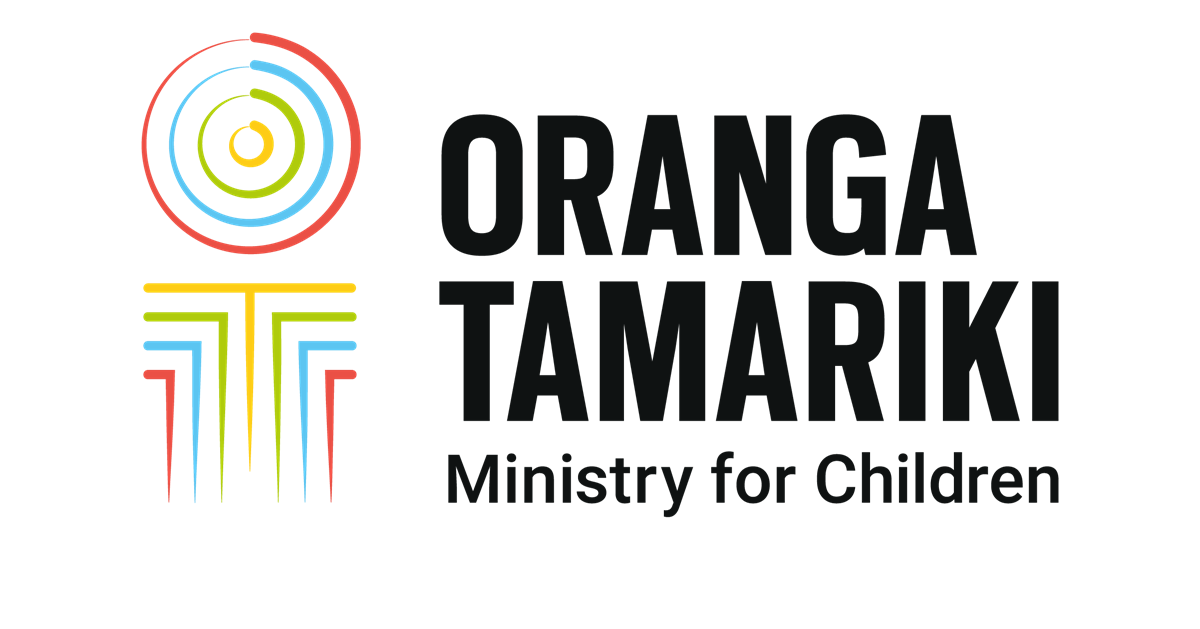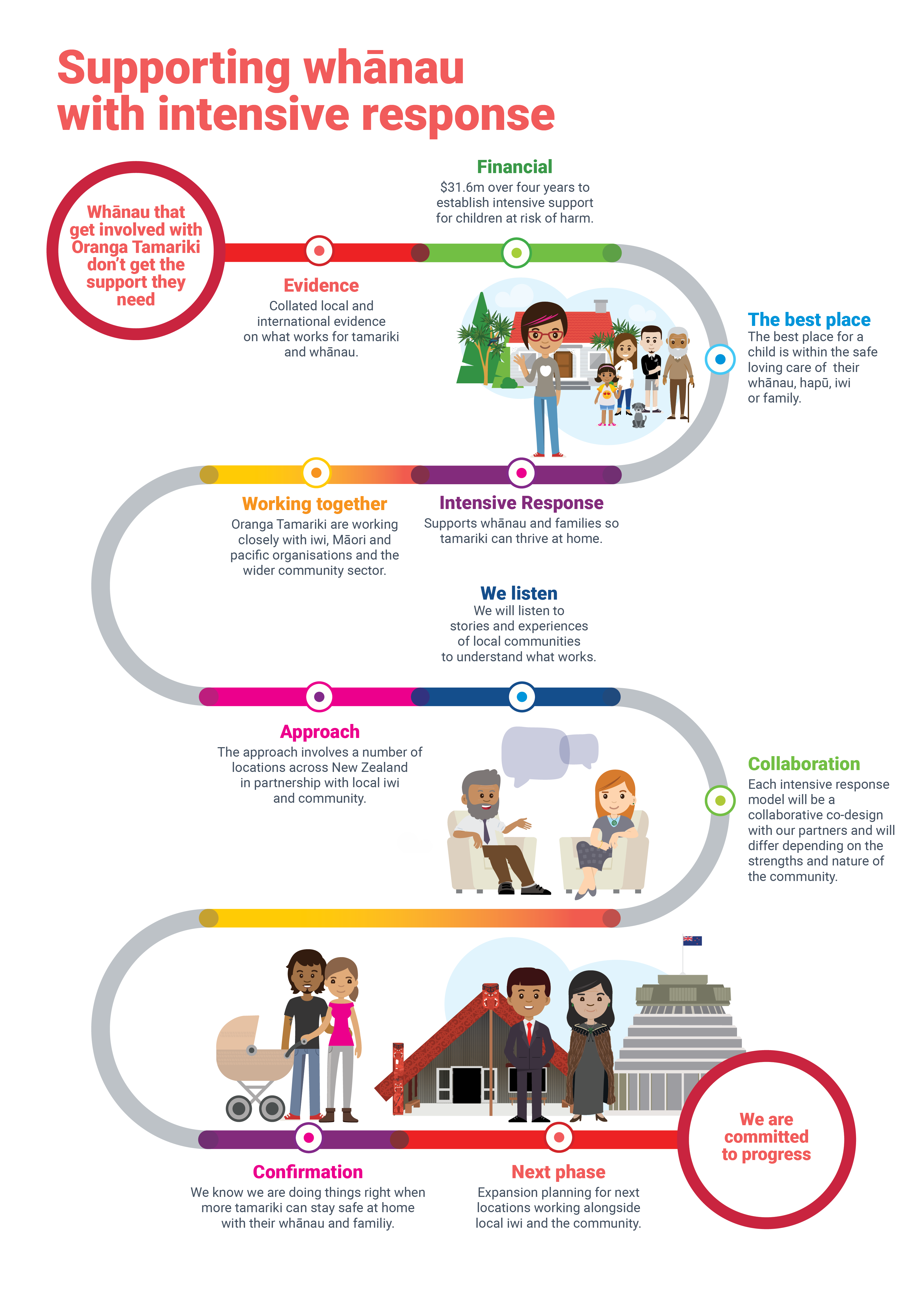Intensive Response for whānau Māori
We and our partners recognise the need to improve the support to whānau who are at risk of having their tamariki Māori taken into care. We believe that with better support, more tamariki and whānau Māori can stay together and thrive.
A new approach
We want to commit to meaningful and effective engagement with Māori. Wherever possible, the best place for a tamaiti is in the safe, loving and stable care of their whānau, hapū or iwi.
Intensive response is being designed in collaboration with iwi, Māori and Pacific organisations and the wider community sector. At the beginning, this involved 4 Oranga Tamariki sites: Christchurch East, Tokoroa, Horowhenua, and Ōtāhuhu.
How we do this depends on the strengths and nature of the communities. So, it’s important we take our time to develop the new services with our partners.
They know what their tamariki need and it’s vital we support them to find and develop the solutions.
How do we do this?
Everyone has a voice, including tamariki, and will influence the design and how it works. During the design and grow phase we will listen to the stories and experiences of local communities to understand what works for them.
Getting the new approach started will be gradual with opportunities at each stage of the process to learn what works best.
The iwi, hapū, Māori, Pacific and community organisations we’re partnering with reflect the whakapapa of the whānau and tamariki and many already have good relationships with them.
We are also working with Mokopuna Ora (our partnership with Waikato-Tainui) to support them to ensure mokopuna remain with their whānau through the design of the intensive response function in Waikato Rural North and Papakura.
The background
Local and international evidence tells us the best support for whānau is provided by multiple agencies and the community. And that there needs to be a more holistic view to recognise all factors that affect people’s lives.
In the 2019 Budget, Cabinet approved $31.6 million over 4 years to establish a new approach for tamariki at risk of harm, and their whānau. Cabinet agreed this should be a phased ‘learn and grow’ model.
Intensive response infographic
Published: December 19, 2019 · Updated: November 15, 2023


